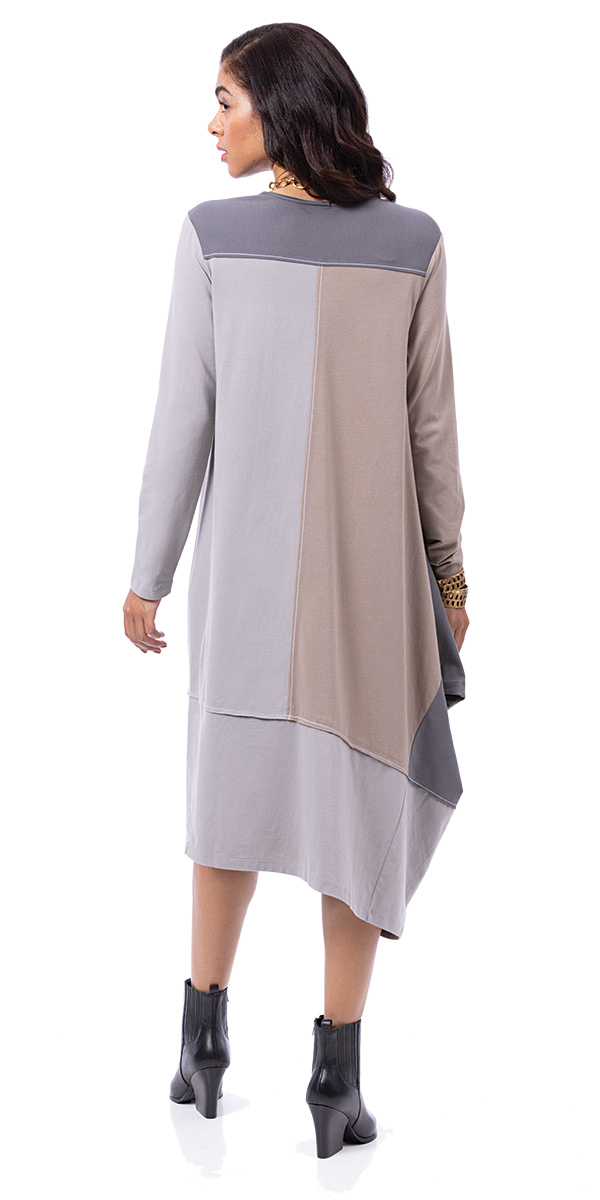Sewing with a Coverstitch and a Chainstitch
Up your sewing game with this specialty stitch, plus the chainstitch
Owning an overlock machine is often considered essential for serious and aspiring sewists, these days. We use our sergers primarily to sew and finish seams with efficiency. We like the stretch factor in a serged seam when we’re handling knits, not to mention the smooth results we get with differential feed. If we’re feeling adventurous, we may produce some rolled hems and flatlocked connections and embellishments, too.
But we still think of coverstitching—those two or three rows of parallel topstitching generally used for hemming—as an optional technique. Coverstitching shows up on everything from inexpensive to high-end clothes in knits and wovens. Similarly, a chainstitch is often used in ready-to-wear garments. It looks like a single row of straight stitching on the right side and like a chain on the wrong side.
Two machine types
To sew a coverstitch or chainstitch, you have a couple of machine options. You can buy a combination serger that also can be set and threaded for a chainstitch or coverstitch. Alternatively, a specialized coverstitch machine typically can produce a two- or three-row coverstitch. Although it’s called a coverstitch machine, it also sews the chainstitch. This equipment looks like a standard overlock machine, but it has a different threading system.
There are advantages and disadvantages to both choices. A single machine that overlocks and coverstitches takes up less space and may be a better value. A dedicated coverstitch machine can be set up and ready, with no downtime to reset and rethread the machine between tasks.
Countless style options
Whichever machine you choose, the coverstitch produces two or three rows of parallel stitches on one side (usually the right side) of the garment and an interlocking set of stitches that cover raw edges on the reverse side.
To hem stretch knits,…
Start your 14-day FREE trial to access this story.
Start your FREE trial today and get instant access to this article plus access to all Threads Insider content.
Start Your Free TrialAlready an Insider? Log in


































Log in or become a member to post a comment.
Sign up Log in